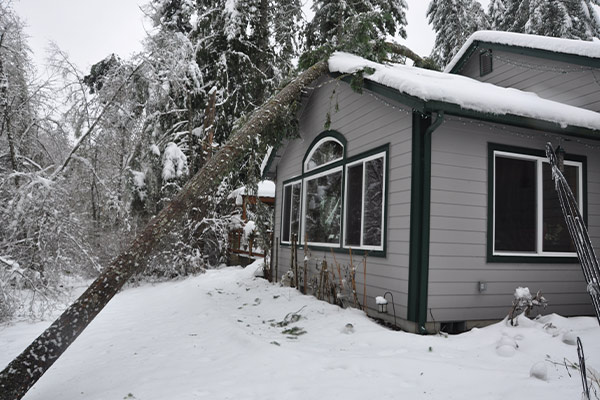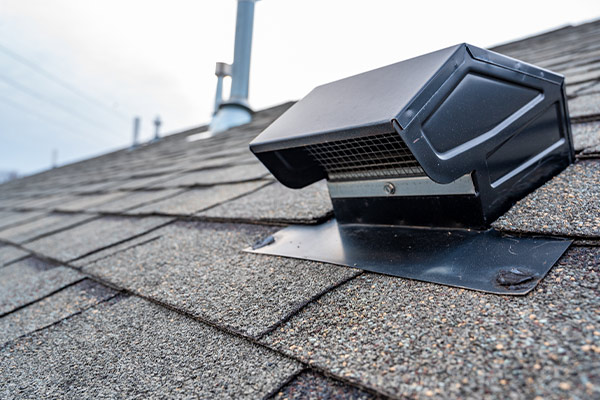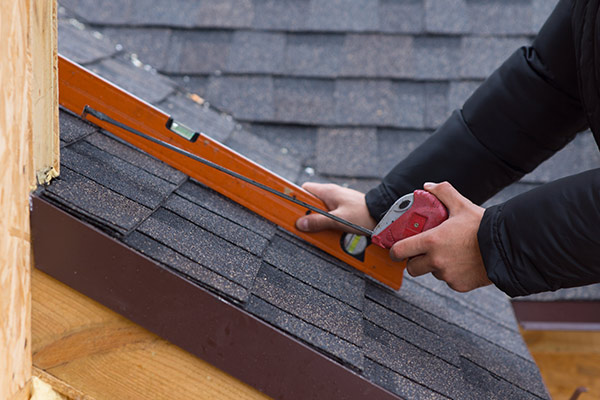Table of Contents
ToggleWhen your roof springs a leak or shows signs of wear, the immediate question that comes to mind is whether you should patch it or replace it entirely. This decision can be daunting, especially when you’re balancing cost, time, and the long-term health of your home. Understanding the pros and cons of patching versus replacing is crucial in making an informed choice that suits your needs and budget.
Patching a roof might seem like a quick fix, but it’s not always the best solution for every situation. Factors such as the extent of the damage, the age of your roof, and the materials used all play a role in determining the most effective approach. By considering these elements, you can ensure your roof remains sturdy and reliable, protecting your home for years to come. Let’s explore when patching is a viable option and when a full replacement might be necessary.
Can You Patch a Roof Instead of Replacing It?
Patching a roof might be an option when damage is localized. Minor issues like isolated shingle damage or small leaks can often be addressed through patching. If the roof is relatively new, patching roof leaks might extend its lifespan without the higher investment of a full replacement.
Consider “roof repair vs replacement” by assessing the “age and condition” of the roof. For roofs under 10 years old, patching is often effective. Regular roof maintenance alternatives, such as timely inspections and repairs, can prevent issues from escalating, saving both time and money.
Cost of roof patching varies. On average, you might spend $300 to $1,000 depending on materials and labor. This is significantly less than the $5,000 to $10,000 range for full roof replacements, making patching an attractive choice for budget-conscious homeowners.
Weather conditions factor into patch decisions. If severe weather is frequent, temporary fixes might not hold and lead to further problems. For older roofs nearing their expected lifespan, replacement could be more practical despite higher upfront costs.
Determine when to patch a roof by considering the extent of the damage. Small, manageable problems are prime candidates for patching, but pervasive issues across multiple areas signal that replacement is the safer route.
Patching offers a quick fix, but involves certain risks if issues like structural degradation are present. You achieve best results by consulting with roofing professionals who can conduct thorough assessments and provide tailored advice on the appropriate approach.
Factors to Consider
Evaluating whether to patch or replace a roof involves understanding multiple factors. Analyzing these can guide your decision, ensuring an effective solution for your home’s roofing needs.
Age of the Roof
If the roof’s under 10 years old, patching roof leaks offers a cost-effective solution. Newer roofs likely have fewer issues, making minor repairs sensible. Older roofs, over 20 years, may require replacements due to potential widespread degradation. Regular inspections also aid in determining roof repair vs replacement.
Extent of Damage
Localized damage, like a few missing shingles or minor leaks, supports patching. If widespread issues exist, such as significant water intrusion or structural damage, replacing the roof might be necessary. Gauge the severity; structural assessments ensure accurate evaluations.
Type of Roof Material
Roof material significantly impacts repair decisions. Asphalt shingles, known for easier fixes, contrast with slate or tile roofs, which often entail intricate repairs. When patching roof leaks on complex materials, seek professional advice, as improper handling can escalate repair costs.
Cost Implications
Patching, usually ranging from $500 to $1,500, can save money compared to full replacements. Consider budget constraints and long-term costs: frequent patches might accumulate similar expenses over time. Assess repair costs relative to the benefits.
Future Plans for the Home
If staying long-term, an investment in a full replacement ensures lasting protection. For short-term plans, roof maintenance alternatives, like patching, might suffice, aligning with temporary needs. When assessing, consider personal timelines and financial returns.
Pros and Cons of Patching a Roof
When determining whether to patch a roof or replace it, consider the pros and cons. Each option has unique benefits and drawbacks that cater to different situations.
Advantages of Roof Patching
Roof patching offers several benefits, particularly in situations where localized damage is present. The primary advantage is cost efficiency; patching small areas can be significantly cheaper. This is a more affordable alternative compared to the $10,000 to $20,000 required for full roof replacements. Another benefit is time savings. Patching is usually quicker, allowing you to address issues without extensive downtime.
If your roof is relatively new, under 10 years old, patching roof leaks can effectively extend its lifespan. By targeting specific issues, you preserve the overall structure while preventing further water damage. It also aids in roof maintenance alternatives by offering a practical short-term solution for minor issues, postponing the need for a full replacement. Regular inspections complement patching, ensuring small problems don’t escalate into costly repairs.
Disadvantages of Roof Patching
While roof patching is cost-effective, it comes with drawbacks. The most significant downside is the potential for recurrence. Addressing a single issue may lead to overlooking underlying structural problems that could cause more extensive damage later. For roofs over 20 years old, patching might not suffice due to widespread wear and tear, making full replacement more suitable.
Moreover, repeated patching can accumulate costs over time, potentially rivaling replacement costs without the benefit of a brand-new roof. Aesthetic inconsistency is another concern; patches can stand out visibly, affecting the home’s appearance. Furthermore, choosing patching when major repairs are needed may lead to compromised roof integrity, risking safety. Consulting professionals helps determine when patching is inadequate and when full replacement becomes necessary for optimal results.
When to Choose Replacement Over Patching
Selecting a full replacement instead of patching depends on several critical factors. Understanding when these apply ensures your roof remains secure and durable.
Severe or Widespread Damage
When extensive damage affects large portions of your roof, opting for replacement is often more effective than patching. If multiple areas exhibit severe deterioration or if there’s significant water intrusion, patching may only serve as a temporary fix. Extensive decay often signifies that the structural integrity of the entire roof is compromised. Even advanced patching techniques can’t restore long-term stability in such scenarios. Full replacement mitigates these problems by addressing root issues like damaged shingles, saturated insulation, and compromised support beams. Also consider that patching roof leaks across many areas can lead to escalating expenses over time. A comprehensive replacement provides a uniform solution that forestalls repeated repairs and associated costs.
Structural Concerns
In cases where your roof exhibits structural concerns, a replacement becomes a priority. Compromised frameworks, truss damage, or weakened decking suggest more profound issues beyond the scope of simple repair methods. While minor structural concerns might be temporarily alleviated with patching, severe structural infirmities necessitate thorough intervention. A full replacement fortifies the roof’s foundation, ensuring resilience against future stressors. The cost of patching trivializes underinvesting in robust solutions when structural safety is at stake. Moreover, addressing only surface problems ignores underlying vulnerabilities. Replacing ensures that all roofing components are equipped to handle both everyday wear and exceptional events like heavy snow or wind, maintaining safety and efficiency.
Tips for Successful Roof Patching
Roof patching offers a cost-effective solution for localized damage but requires careful execution to ensure success. Focusing on finding and fixing leaks, alongside hiring a professional contractor, enhances the patching process.
Finding and Fixing Leaks
Accurately identifying leaks is crucial to effective roof patching. Start by inspecting the roof for visible signs of damage, such as missing shingles or water stains on the ceiling. Use a flashlight to examine the attic during a rainstorm to spot active leaks. Once located, measure the area needing repair and procure suitable materials to match your existing roof. For asphalt shingles, secure patches with roofing cement and nails. Apply a waterproof sealant to prevent further seepage, ensuring you blend the patch for aesthetic consistency. Consistent roof maintenance alternatives, like regular inspections, minimize future leaking risks, making the repairs more durable over time. Cost of roof patching varies based on material and extent, making strategic repairs vital for budget efficiency.
Hiring a Professional Contractor
Engaging a professional contractor can significantly elevate the quality of roof patching projects. Experienced contractors bring the expertise needed to accurately assess roof repair vs replacement scenarios. Verify qualifications by checking licenses, insurance, and references. Request estimates from multiple contractors for a comprehensive understanding of the market rate.
Ensure clarity on the scope of work, materials used, and timeline to avoid miscommunication. Professionals accurately address when to patch a roof, offering peace of mind and potentially extending the life of your roof beyond quick fixes. By investing in skilled labor, you enhance patch precision and ensure robust, long-lasting repairs.
Let Roofs R Us Help You Decide
Deciding between patching and replacing your roof is a significant choice that impacts your home’s safety and value. While patching offers a cost-effective solution for minor damage, it’s crucial to weigh this against the potential need for a full replacement, especially if your roof is older or significantly damaged. Regular inspections and maintenance are key to making informed decisions.
Consulting with professionals like Roofs R Us ensures that you get expert advice tailored to your roof’s specific needs. Whether it’s a patch or a replacement, choosing the right option will keep your home protected and your investment sound.
For a free, price-locked estimate from Roofs R Us, contact them at (612) 282-8092 or email estimates@roofsrusminnesota.com.




